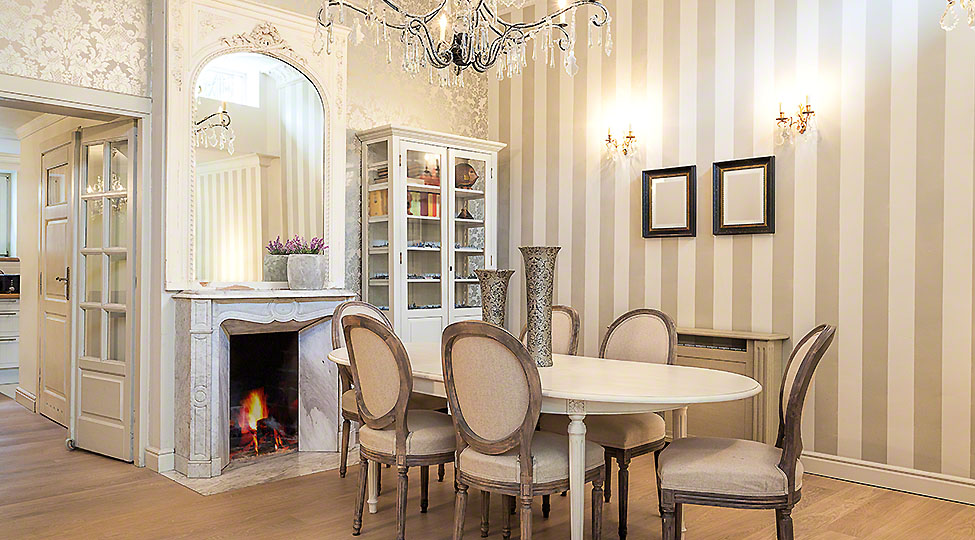In today’s ever-evolving business landscape, the design and functionality of commercial spaces, particularly in retail renovation projects, are crucial for operational efficiency and brand portrayal. Adapting and rejuvenating workspaces to meet changing business demands is a strategic necessity. To overcome this, there are proven methods for managing a commercial remodeling project cost-effectively, striking a balance between meeting evolving needs and financial judiciousness.
Recognizing the Need for Renovation
Understanding the reasons behind the need for renovation is critical. As businesses expand, their requirements evolve. The initial space might no longer be suitable. This could be due to a need for more space or an inefficient layout. Renovation provides an opportunity to restructure the space to better suit current business needs.
Strategic Planning for Enhanced Efficiency
Effective planning is the cornerstone of a successful renovation. Companies should clearly define their objectives for the remodel, aiming to optimize space efficiency. This involves considering employee interaction with the space, workflow, and how these can be streamlined for increased productivity.
Incorporating Contemporary Design Concepts
Employing modern design principles is significant in the remodeling process. These concepts favor open, versatile spaces with ample natural light and minimal clutter. Such environments can boost employee morale and productivity, while also making the space more appealing to clients and customers.
Embracing Eco-Friendly Practices
Incorporating sustainability is increasingly important. Using environmentally friendly materials and installing energy-efficient lighting and appliances not only benefits the planet but can also lead to reduced operational costs over time.
Integrating Technological Advancements
Incorporating technology is crucial in today’s business environment. This includes efficient networking systems and spaces designed for future tech upgrades. Businesses must consider the role of technology in their future operations during the remodeling process.
Prioritizing Versatile Design
Flexibility is essential in modern commercial spaces. The remodel should aim to create areas that can adapt to various uses, possibly through features like movable walls or multipurpose spaces. This adaptability can prevent the need for further remodeling in response to future changes.
Enhancing Employee Comfort for Increased Productivity
Employee well-being directly influences their productivity. Renovations should take into account ergonomic furniture and layouts that minimize noise and distractions. A comfortable workplace can lead to a more content and efficient workforce.
Balancing Practicality with Aesthetic Appeal
While practicality is crucial, aesthetics should not be overlooked. The space’s design should mirror the company’s brand and ethos. An aesthetically pleasing environment can leave a lasting impression on clients and customers and improve the workplace for employees.
Seeking Expert Assistance
Hiring professionals like architects and designers for condo remodel DC can be beneficial. They offer valuable insights for creating a space that is both functional and visually appealing. Their expertise in building codes and regulations also ensures compliance with legal standards.
Overseeing the Renovation Process
Monitoring the renovation process is important to keep the project on track and within budget. Regular meetings with contractors and designers can address issues promptly and allow for necessary adjustments.
Budgeting for the Renovation
Budgeting is a critical aspect of commercial remodeling. Understanding the factors that influence costs, such as space size, material choices, and work complexity, is important. Labor costs are also a significant consideration. This knowledge aids in estimating the overall expenses.
Establishing a Realistic Financial Plan
Setting a feasible budget is crucial. It involves assessing available funds and exploring financing options, ensuring the budget aligns with financial capabilities. This approach avoids financial strain during and after the project.
Obtaining Various Quotes
Getting multiple estimates from contractors provides a cost range and helps in selecting a contractor who can work within the budget. However, the lowest bid isn’t always the best choice; quality and reliability are also important.
Prioritizing Essential Aspects
Identify and prioritize the most critical elements of the remodel. This could involve updating certain areas or expanding others. Clear priorities help in allocating the budget more effectively.
Preparing for Unforeseen Expenses
Unexpected costs are common in remodeling projects. Setting aside an additional 10-20% of the total budget for such expenses is advisable.
Choosing Materials Judiciously
Material selection greatly impacts the budget. Balancing quality with cost is key, as opting for slightly less expensive materials can lead to significant savings without major quality compromises.
Exploring DIY Opportunities
Considering DIY for certain tasks can save on labor costs. However, it’s important to realistically assess one’s skills, as some tasks are best left to professionals.
Timing the Project Appropriately
Project timing can influence costs. Off-peak seasons may offer better pricing and more attentive service from contractors.
Monitoring Expenditure
Tracking expenses during the project helps in maintaining the budget and making necessary adjustments.
Maintaining Open Communication with Contractors
Effective communication with the contractor about budget constraints is essential. This ensures financial concerns are addressed appropriately throughout the project.
Leveraging Local Regulations and Incentives
Understanding and leveraging local building regulations and incentives can be crucial in a commercial remodel. Many regions offer incentives for businesses that incorporate energy-efficient designs or sustainable materials. Familiarizing oneself with these regulations and incentives can provide financial benefits and ensure compliance. Additionally, understanding zoning laws and building codes can prevent costly legal issues and delays.
Incorporating Brand Identity in Design
A remodel provides an excellent opportunity to reinforce a company’s brand identity through design. This can be achieved by using brand colors, logos, and other design elements strategically throughout the space. A well-branded environment can enhance customer experience and employee engagement, making the brand more memorable and impactful.
Ensuring Accessibility and Inclusivity
Modern commercial spaces should be designed with accessibility and inclusivity in mind. This includes compliance with the Americans with Disabilities Act (ADA) and considering the needs of all potential users of the space. Features such as wheelchair ramps, accessible restrooms, and ergonomic workstations ensure that the space is welcoming and usable for everyone, reflecting a commitment to diversity and inclusion.
Fostering a Collaborative Work Environment
The design of the remodel should aim to foster collaboration among employees. This can be achieved through open floor plans, communal workspaces, and areas designed for informal meetings. A collaborative environment can enhance team dynamics, spur creativity, and improve communication within the organization.
Investing in Quality and Longevity
While budget constraints are important, investing in quality materials and workmanship can save money in the long run. Higher quality materials tend to have a longer lifespan and require less maintenance, reducing future repair and replacement costs. This approach also ensures that the remodeled space remains functional and aesthetically pleasing for a longer period.
Conclusion
Effectively managing a commercial remodeling within a budget requires careful planning and collaboration with professional home addition contractors McLean. These companies bring expertise in aligning business needs with efficient design and execution. By focusing on functionality, adaptability, employee comfort, and integrating modern design and technology, businesses can transform their workspaces into more productive and inspiring environments.



